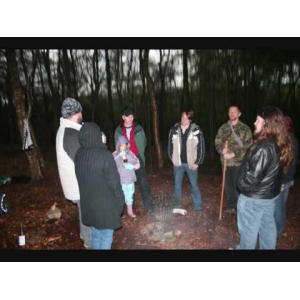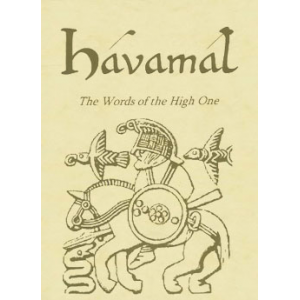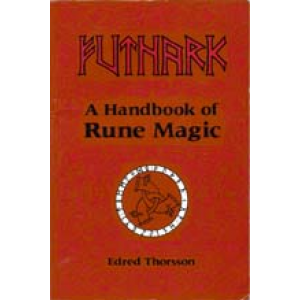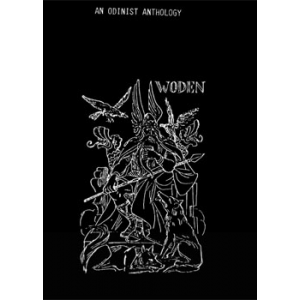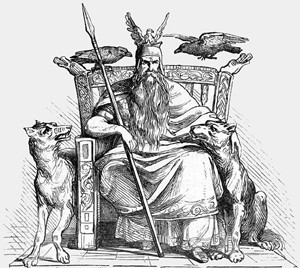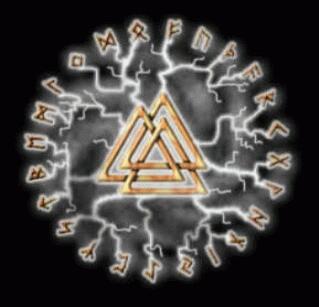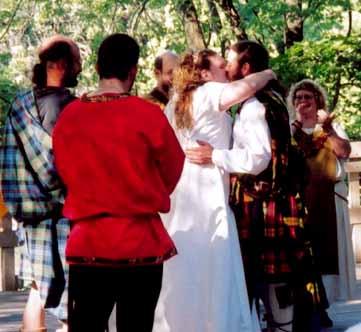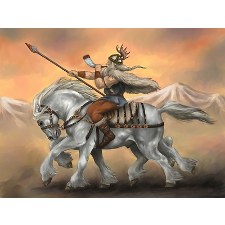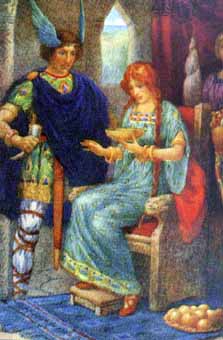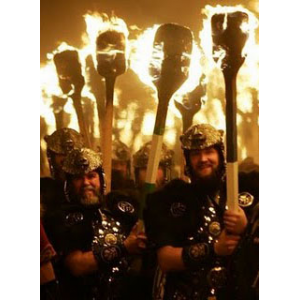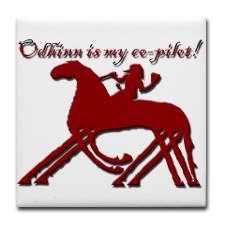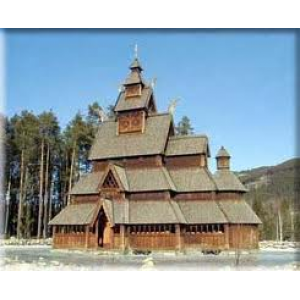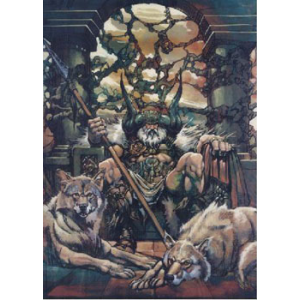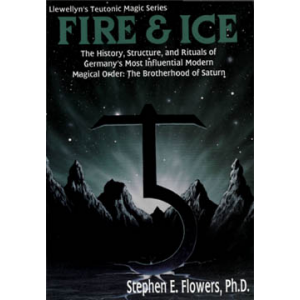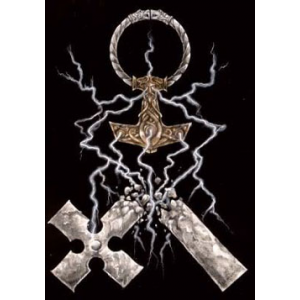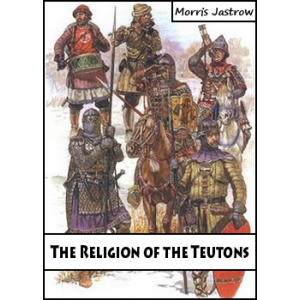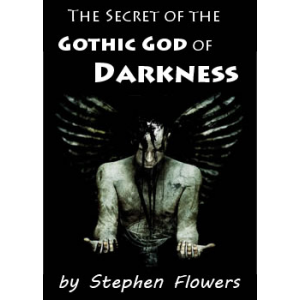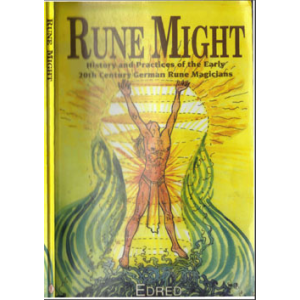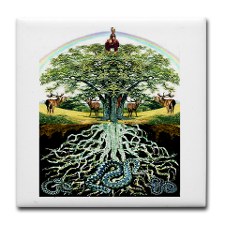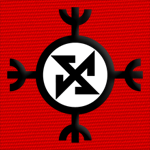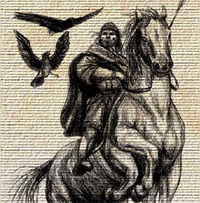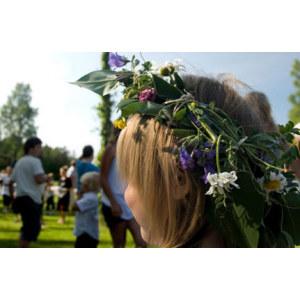
The actual origin of the runes in unknown, but we do have evidence that runes were used by the Vikings and those from Nordic Countries. In fact, the runes play a large part in Nordic mythology. As the Norse God Odin was said to have won the runes by hanging upside down for 9 days and nights without food or drink on the world tree known as Yggdrasil.
Today, the runes are largely used for divination purposes. But they can be used as stated above for much more. This much more is the topic of this post. Listed below is a simple rune script to attract money, something a lot of folks need these days!
Rune Script for Money ( draw the rune script in red ink on a small sheet of white paper)
The runes above are Gebo (Ghay-bow), Fehu (fay -who), Berkano (Bear- khan-oh), and Fehu (fay-who)
TO CHARGE THE TALISMAN DO THE FOLLOWING:
On a waxing moon draw the above runes in the exact order as given. Vibrate the name of each rune as you write it, see the rune's energy hovering over the paper as you say it's name, and watch it dissolve into the rune on the paper. Do this for each rune as you write it. After the last rune say, "Alu" (means so mote it be).Finally, charge the rune script with the 4 elements consisting of air (incense), earth (salt), fire (candle flame),and water(sprinkle a little water on the talisman) while stating that the talisman brings the needed money. Wear the talisman until you receive the money.
To destroy the talisman once it's served its purpose do the following:
Burn the talisman and toss the ashes to the wind.
Also, try the Fehu money spell located here http://spellscasting.blogspot.com/
To learn more about runes and working with them in magic, you should get rune magic book located here http://darkbooks.org/.
Labels: philippine gods and goddesses symbols for greek gods and goddesses facts about egyptian gods and goddesses anti religion aztec gods and goddesses protection spell wicca easy astral projection techniques good voodoo dolls
